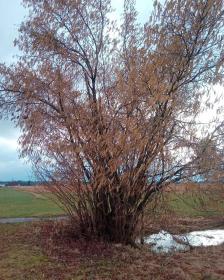Ingredients
Fond of damp places, the white willow (Salix Alba) must, therefore, treat "wet feet" (understand the consequences that result, that is to say, fever and joint pain). These empirical indications may raise a smile, but they are very well-founded, as aspirin would never have been discovered without them.
Hippocrates was one of the first to recommend a decoction of white willow to relieve fever. Later, in the 18th century, an English pastor named E. Stone used this same beverage as a remedy for fever. He based his thinking on the Theory of Signatures cited above and the similarity between the bitter flavor of the willow decoction and that of cinchona bark (Chinchona succirubra).
The latter's well-known active ingredient, quinine, was widely used against malaria at the time. In 1829, the French pharmacist P. J. Leroux isolated the active ingredient from willow bark, which he named salicin after the Latin name for willow, Salix alba.
In 1835, the researcher K. Lowig discovered similar structures in meadowsweet (Spirea ulmaria) and was the first to obtain salicylic acid by chemical reaction. In 1897, a young chemist from Bayer, F. Hoffman, developed the process for obtaining acetylsalicylic acid. In 1899, Bayer registered the trademark Aspirin ("A" for the acetyl group and "Spir" to recall the botanical family of meadowsweet).